Using Social Media and Online Community Data for Social Science Research
Jeremy Foote
Brian Lamb School of Communication
Purdue University
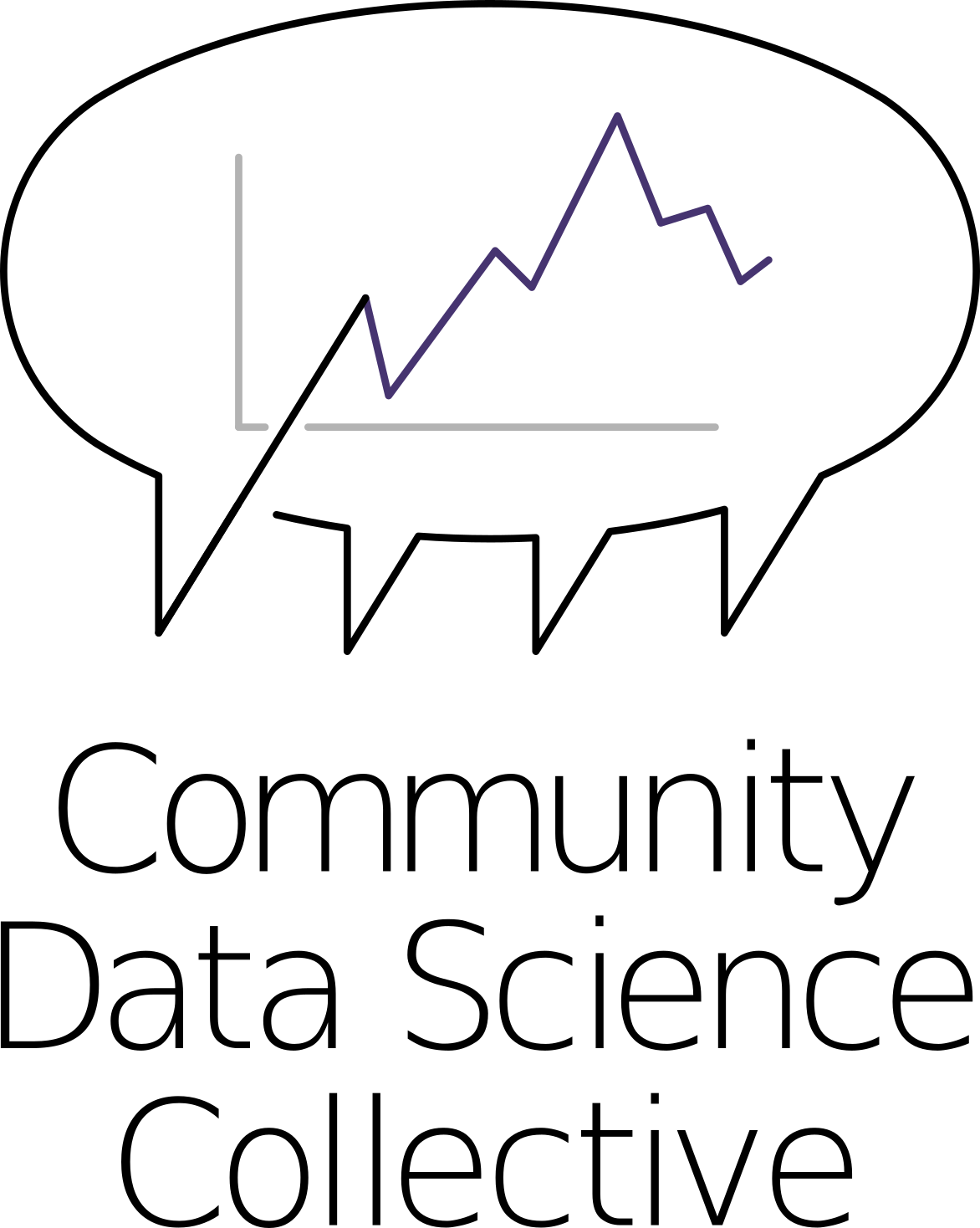
Types of online data
- Experimental
- Design
- Observational
Three main types of observational online data
- Web pages
- Social Media



- Online Communities



Online data is an incredible new opportunity
- As part of normal operations, servers track what people do
- Posts, comments, likes, pages visited, etc.
- Completely unobtrusive
- Retrospective - we can realize later that it was important
- May include millions of people and interactions
Research questions for social media data
- How do ideas/links/hashtags/norms spread?
- How do people talk about a topic?
- Who are the central people talking about a topic?
- How do people’s beliefs change over time? And whose beliefs change?
Research questions for online communities
- Who starts new communities?
- Do communities have lifecycles?
- What types of interaction networks predict group outcomes?
- How do communities compete with each other?
- How does leadership emerge?
Gathering online data
Three primary means of getting online data: Curated data is ideal
- Curated datasets
- Wikipedia dumps, COVID tweets, etc.
- Often flat files
- Often cleaned
APIs are the next best thing
- Application Programming Interfaces
- Programmatic access to a server’s database
- Often built for external developers, not researchers
- Outages, code changes, etc. are often invisible
- Typically in JSON
- Some wrappers to make this easier (e.g.,
rtweetinR)
Screen scraping is often the only option
- Easy for static pages - just download them
- Can also be used on complicated pages
- Program pretends to be a browser and extracts data from the HTML page
- Can be against ToS
- Programs break often
- The only way to get data not made available via APIs
requests+BeautifulSoup
Where are the good data sources?
- Places where the conversation is already public
- Twitter
- Very easy in Python and R
- Incredibly generous Academic API for retrieving tweets
- Reddit
- API is OK but rate limited
- Pushshift is amazing!
- Wikipedia, Github
- Twitter
- Kaggle
Benefits and drawbacks to online data
- So much data!
- Unobtrusively collected
- Amenable to machine learning approaches
- These are all benefits and drawbacks!
Dealing with lots of data
- Can find even small effects
- Can do analyses of often neglected subgroups
- Requires IT + cluster computing for many questions
Unobtrusively collected data
- Subjects don’t modify their behavior
- But they also often don’t know that their data is accessible to researchers!
- Informed consent is typically impossible
- There are emerging best practices around the ethics of using online data
- e.g., aggregating, not quoting directly or including usernames, etc.
Amenable to machine learning
- Great advances in NLP and ML
- Machine-only approaches have biases and blind spots
Some other downsides
- Users != individuals
- Multiple accounts, bots, etc.
- Very little demographic information
- Ethically and practically difficult to tie people to offline behavior
- Aggregate behavior can still be useful, though (e.g., Google Flu Trends)
Recent research using online data
Project 1 - Google Maps and OpenStreetMap
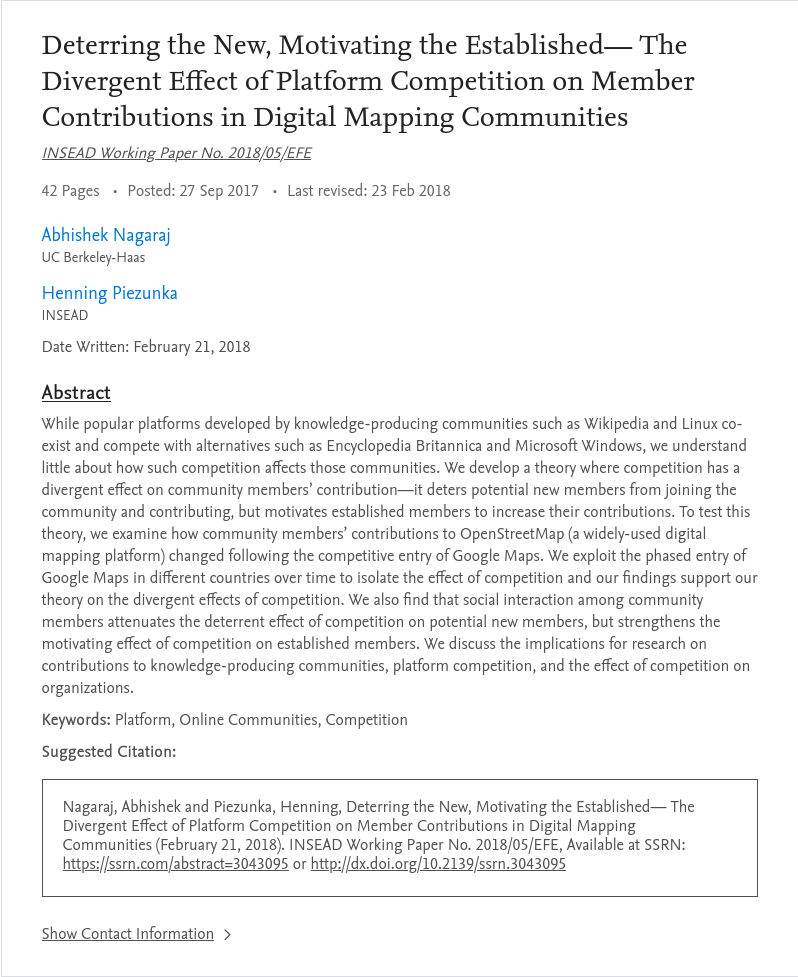
“Zooming in” on the individual-level causes
- Big question is how competition influences an open source mapping project community
- It hurts it!
- Having digital data lets them ask why
- New members stop contributing but established members increase their dedication
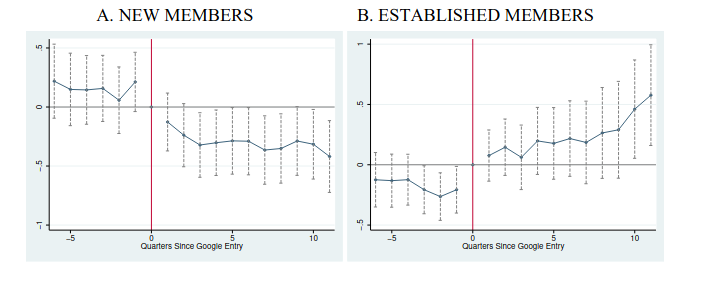
Figure 3 from Nagaraj and Piezunka, 2020
Project 2 - How do protests spread on Twitter?
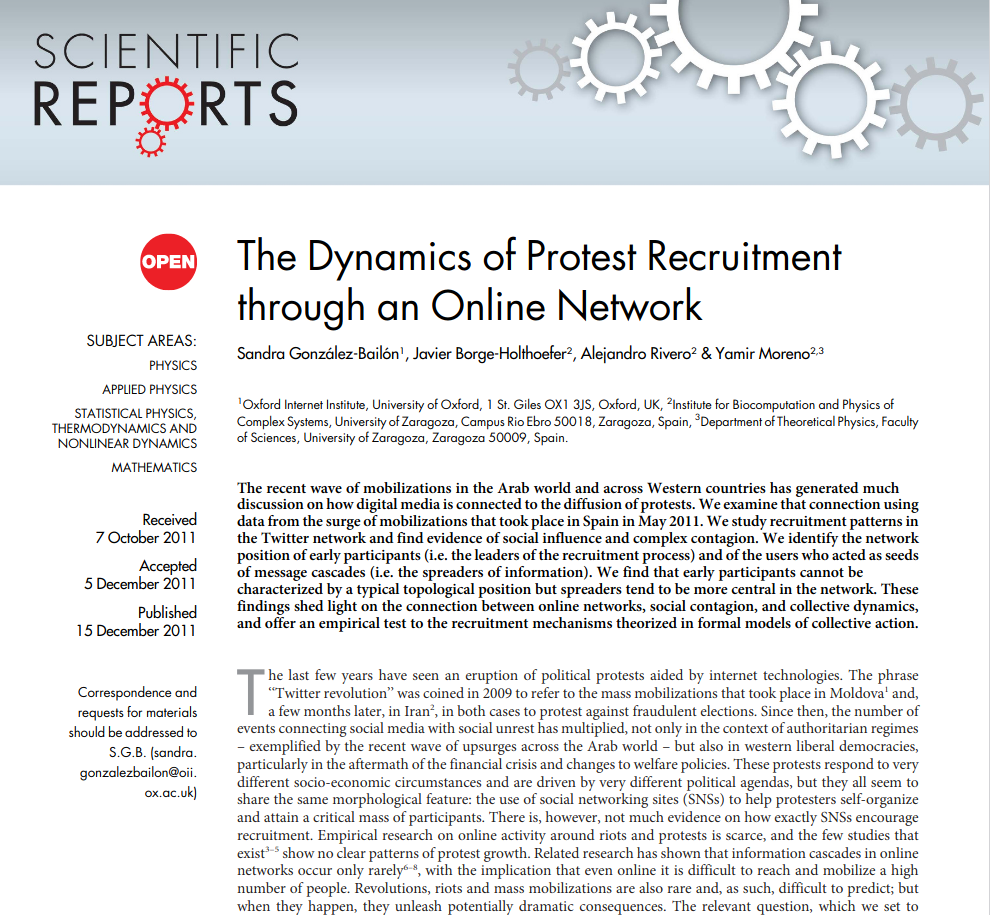
How do people decide when to post a supportive hashtag?
- People have different thresholds before joining in (Granovetter, 1978).
- Gonzáles-Bailón et al. measured this threshold empirically
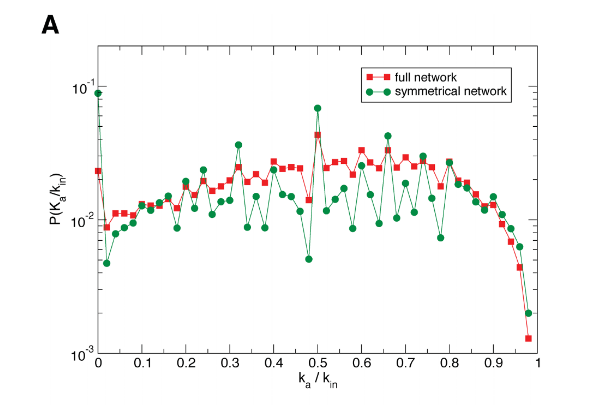
Project 3 - Wikipedia’s declining userbase
- Wikipedia study found a “rise and decline” pattern.
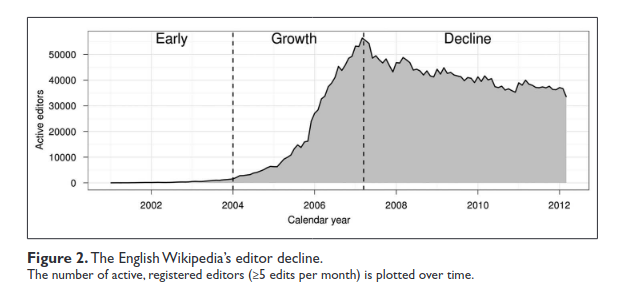
- Caused by Wikipedia’s quality control
Comparing many communities
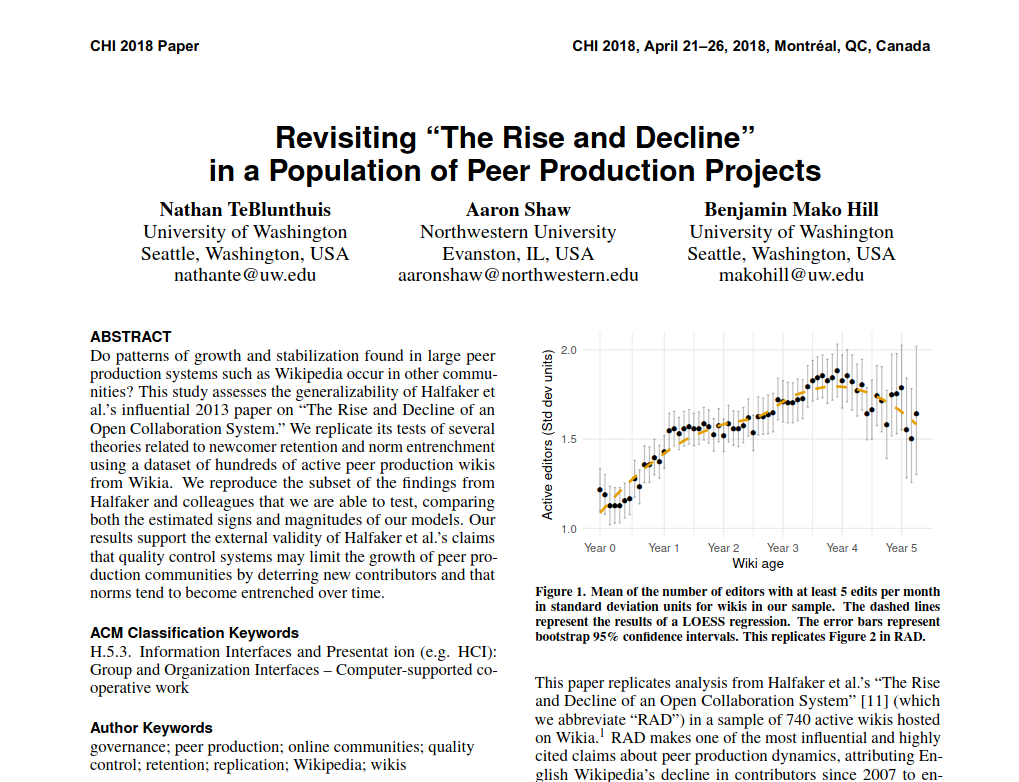
Looking at many communities helps to identify patterns
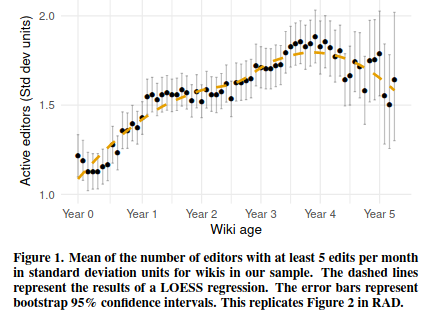
- TeBlunthuis et al. found that this patterns was common across lots of wikis of various topics and sizes
Project 4 - Combining computational and qualitative approaches
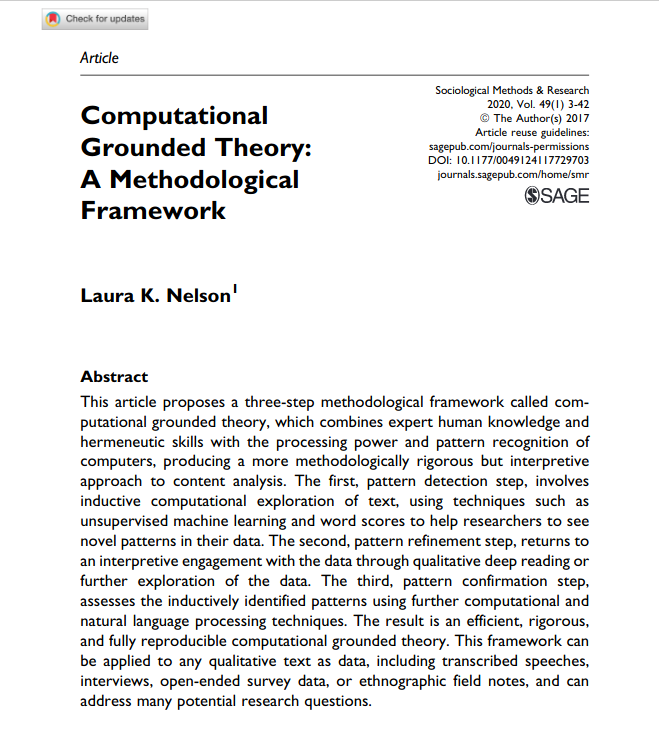
How do different communities characterize risk?
- Project led by Tiwalade Adekunle
- Get comment data from pro- and anti-mask subreddits
- Use NLP to identify salient topics
- Gain qualitative understanding of topics and identify other insights
- Develop and test hypotheses
Further reading
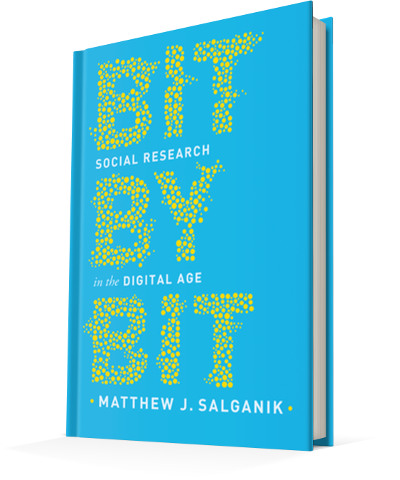
Thanks!

Jeremy Foote
Brian Lamb School of Communication
Purdue University
@jdfoote